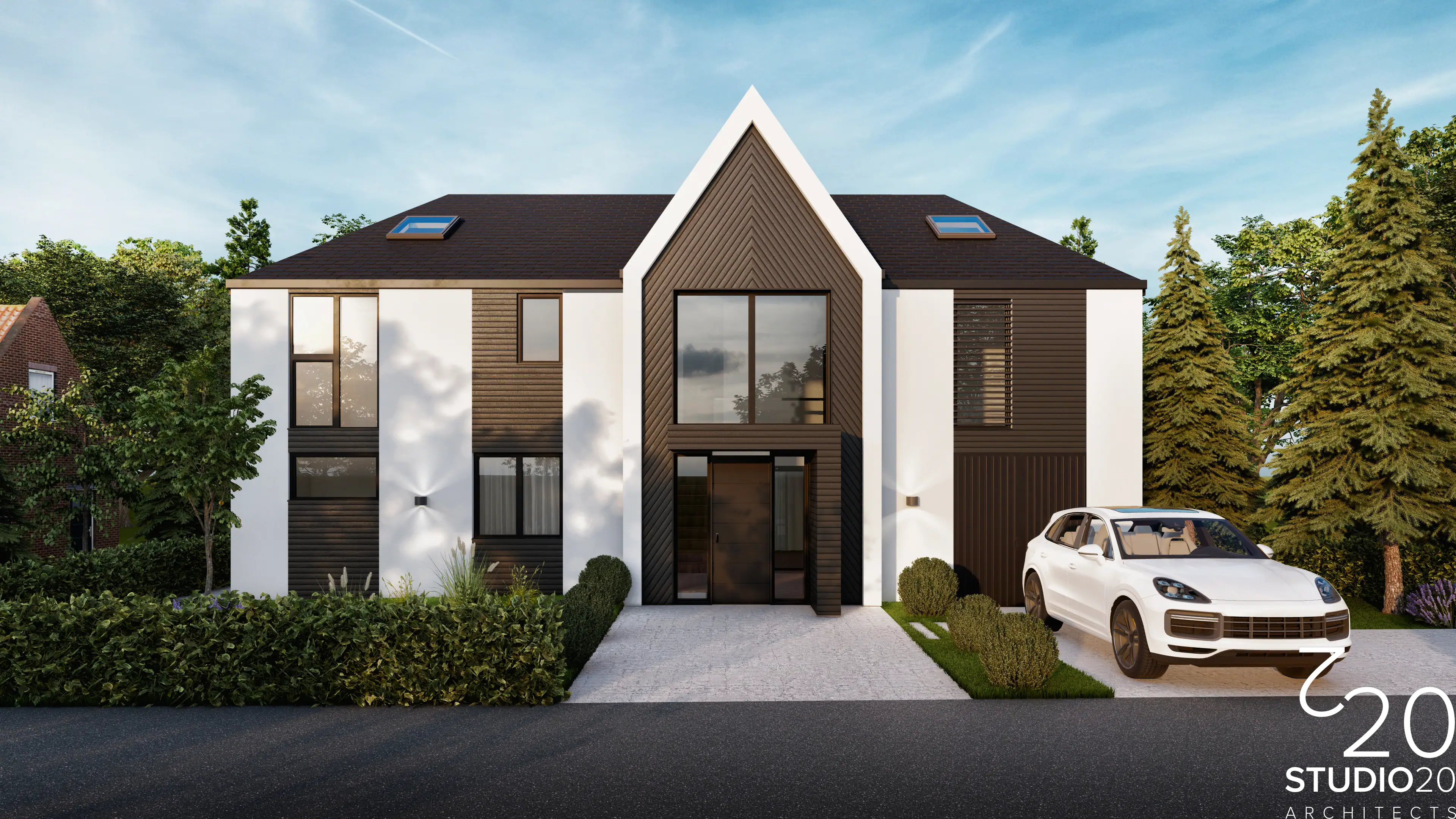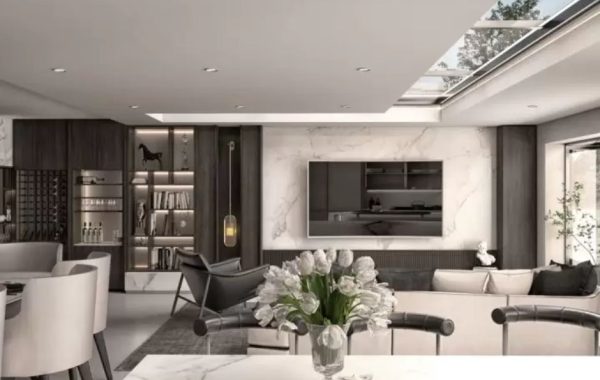
What is a Passive House? Should You Consider Building One?
What Is a Passive House and Should You Consider Building One for a More Comfortable, Sustainable, and Energy-Efficient Future?
The demand for energy-efficient living has never been more critical, particularly in the UK’s rapidly evolving construction landscape. The concept of a passive house offers a revolutionary approach to reducing energy consumption and enhancing living standards. If you’re planning an extension, renovation, or new build, this guide will help you understand what a passive house entails and why it could be the perfect choice for sustainable living.
What is a Passive House?
A passive house (or Passivhaus) is a building designed to achieve superior energy efficiency through meticulous construction techniques. Passive houses require minimal energy for heating and cooling while delivering optimal comfort, health, and air quality.
Key Features of a Passive House:
- High Insulation: Walls, roofs, floors, and windows are designed to eliminate heat loss.
- Airtight Construction: Meticulous sealing prevents air leaks, reducing energy waste.
- Ventilation with Heat Recovery: Mechanical systems ensure fresh air circulation while recovering heat from exhaust air.
- Thermal Bridge-Free Design: Prevents cold spots by ensuring uninterrupted insulation.
- High-Performance Windows: Triple-glazed windows with insulated frames improve thermal efficiency.
Certified by the Passivhaus Institute, these homes adhere to rigorous quality assurance standards, ensuring sustainability and long-term energy savings.
The Origins of Passive Houses
The concept of energy-efficient homes isn’t new. The roots of passive housing trace back to:
- 17th & 18th Century Iceland: Homeowners used turf houses for natural insulation during timber shortages.
- 1893: The first instance of a passive house concept was seen in polar ship construction.
- Copenhagen, Denmark: The world’s first zero-energy house was built, setting the foundation for modern passive housing.
Today, passive houses represent the pinnacle of energy efficiency in construction, blending historical practices with modern advancements.
Why Should You Consider a Passive House?
- Energy Savings
- Reduces energy consumption by up to 90%, significantly lowering utility bills.
- Environmental Impact
- Lowers carbon footprint, contributing to global sustainability goals.
- Enhanced Comfort
- Offers consistent indoor temperatures without cold spots or drafts.
- Healthier Living
- Provides superior air quality, reducing allergens, pollutants, and humidity-related issues.
- Future-Proof Investment
- Aligns with the UK’s Future Homes Standard, ensuring compliance with upcoming regulations.
Can Existing Homes Be Retrofitted to Passive House Standards?
While Passive House principles are easiest to apply in new builds, existing homes can also be retrofitted. Though retrofitting may not always achieve the same efficiency as new constructions, it can still significantly enhance a home’s energy performance.
Steps for Retrofitting to Passive House Standards:
- Conduct a Site Survey
- Assess the property for structural viability and identify areas for insulation, airtightness, and ventilation improvements.
- Hire Professionals
- Work with architects and structural engineers experienced in Passive House principles to plan your retrofit.
- Perform an Energy Audit
- Evaluate the current energy performance of your home to target specific upgrades.
- Upgrade Components
- Install triple-glazed windows, add insulation to walls, floors, and roofs, and seal cracks and gaps to prevent heat loss.
- Certify Your Retrofit
- Obtain certification from the Passivhaus Institute to validate compliance with Passive House standards.
Cost of Building or Retrofitting a Passive House in the UK
New Builds (2025 Estimates)
- Cost: £1,300–£2,700 per square metre.
Retrofits
- Cost: £500–£1,000 per square metre.
Factors affecting cost include:
- Quality of materials (e.g., windows, insulation).
- Complexity of the design.
- Geographic location of the property.
Do Passive Houses Require Planning Permission?
In most cases, standard planning permission is sufficient for Passive House projects. However, additional permissions may be required if your property is:
- Located in a conservation area.
- Classified as a listed building.
Building regulations compliance is mandatory, particularly concerning energy efficiency and structural safety.
Conclusion
A Passive House represents the pinnacle of sustainable living, offering unmatched energy efficiency, comfort, and environmental benefits. Whether you’re building a new home or retrofitting an existing property, adopting Passive House principles can elevate your quality of life while reducing long-term costs.
At Studio20 Architects, we specialize in designing and executing Passive House projects tailored to UK standards. Ready to create an energy-efficient, future-proof home?
Contact Studio20 Architects Today for Passive House Solutions




